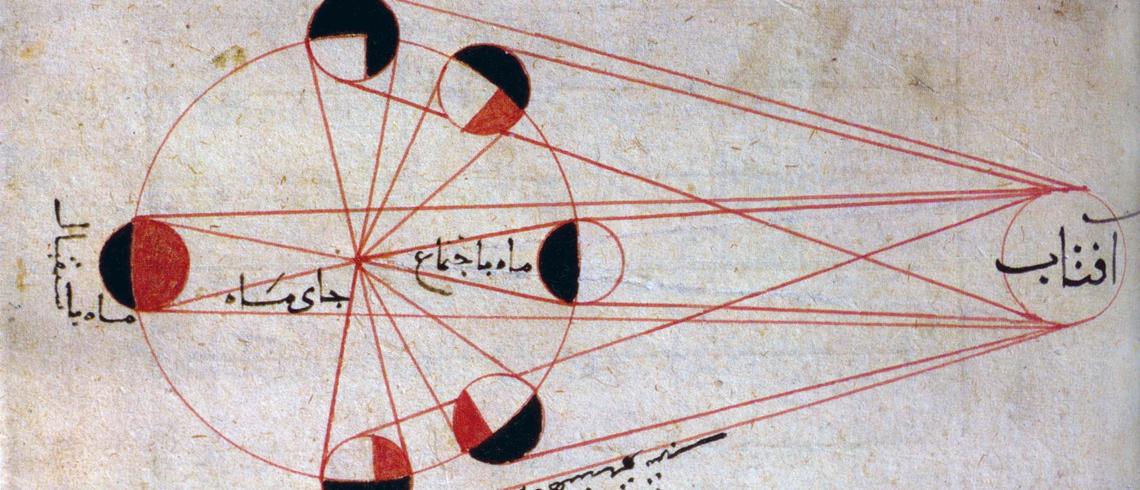Al-Biruni, the Golden Age of Islam’s ‘Universal Genius’
He elevated mathematics to a level where it embraced and complemented the laws of nature.

Calculating the radius of the earth over a thousand years ago required a lot of imagination. It was Abu Reyhan Al-Biruni, the 10th century Islamic mathematical genius, who combined trigonometry and algebra to achieve this very numerical feat.
Biruni's scholarly legacy has inspired scientists and mathematicians for several centuries, and his name continues to command respect even today.
In 1975, the famous Tajik academician, Bobojon Gafurov, described Biruni in his Unesco Courier article as an universal genius who “was so far ahead of his time that his most brilliant discoveries seemed incomprehensible to most of the scholars of his days”. George Sarton, the founder of the History of Science discipline, named the 11th century as the Al Biruni Age.
Scholars like Biruni were born at a time when much of the world's scientific and mathematical knowledge was translated into Arabic. By the time he came of age, he was also introduced to concepts developed by scholars from different civilisations and centuries. From the scientific literature of the Babylonians to those of the Romans, to ancient Indian texts on astrology, Biruni learnt from it all. Like other Muslim scholars from the Golden Age of Islam, he was also hungry for knowledge.
According to the Turkish Professor, Fuat Sezgin, intellectually sound debates occurred between the 27-year-old Biruni and 18-year-old Ibn Sina. The two great minds are known to have discussed ‘The propagation of light and its measurement’ in a great depth. Sezgin, who died in 2018, concluded that the quality of those debates is rare and probably does not exist even today.
Delving into the content of some of those historic debates, Sezgin said the two polymaths exchanged notes on heat and rays. Both scholars had come to a similar conclusion — that heat is generated by motion and cold by rest, and for this reason, the earth is hot at the Equator and cold at the Poles. Another aspect they debated was the propagation of heat rays of the sun. Biruni saw light and heat as immaterial, and opined that the heat exists within the rays.
Ibn Sina went further still, and said that heat does not propagate by itself, but that the rays of the sun carry them along — like a man sitting still in a moving boat.
According to German historian, Max Meyerhoff, Biruni is perhaps the most prominent figure in the phalanx of universally revered Muslim scholars, and whose contributions in so many diverse fields earned him the title "al-Ustadh," the Master or Professor par excellence.
Back to the earth's radius- just how did he measure it? It was certainly his most remarkable achievement. He first measured the height of a hill near the Fort of Nandana in today's Punjab province of Pakistan. He then climbed the hill to measure the horizon. Using trigonometric and algebraic equations, he got the value equivalent to 3928.77 English miles, which is about 99 percent close to today's radius of the earth.
